Home>Furniture>Bedroom Furniture>Bamboo vs Cotton Sheets: Which is Better?
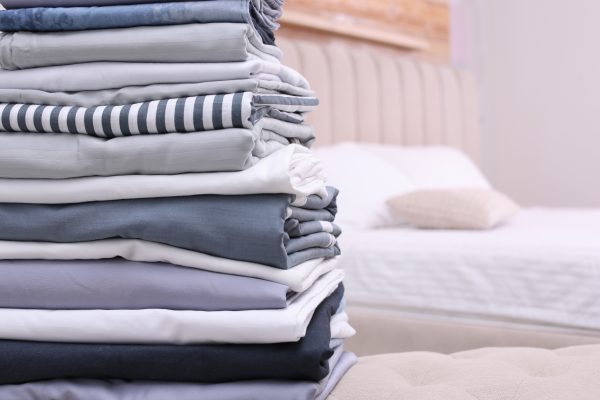
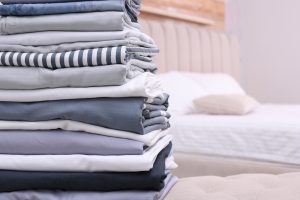
Bedroom Furniture
Bamboo vs Cotton Sheets: Which is Better?
Modified: December 6, 2023
Having the right sheets is essential for getting a good night's sleep. Learn about bamboo vs cotton sheets and how thread count affects your beddings here.
(Many of the links in this article redirect to a specific reviewed product. Your purchase of these products through affiliate links helps to generate commission for Storables.com, at no extra cost. Learn more)
Curling up under the covers after a long day is one of life’s little pleasures. There’s nothing like settling in, cozying up, and getting a good night’s sleep, after all. But what if we told you that you can make the experience even better? Picking the right sheets for your bed is one of the easiest ways to upgrade your evening snooze. It’s time to learn all about bamboo vs cotton sheets and how each can improve your restful evenings.
What is a Bamboo Sheet?
Bamboo sheets are a type of bedding that has been steadily rising in popularity over the past few years. They’re made using the bamboo plant and are known to be more breathable, hypoallergenic, and environmentally friendly than many other types of bedsheets. There are a few types of bamboo sheets on the market today, including those made of natural bamboo fabric and bamboo rayon. We’ll mainly be focusing on the natural bamboo fabric in this article, but bamboo rayon will be touched upon as well for informational purposes.
Read more: Linen vs Cotton: Which Make Better Sheets?
How are Bamboo Fiber Sheets made?
Bamboo sheets are made of woven bamboo fiber. In turn, bamboo fiber is made from the bamboo plant. The manufacturing process differs between each type of bamboo fiber, and this affects the overall quality and price.
Natural Bamboo Fabric
The most high-end bamboo sheets are processed mechanically. Bamboo is first crushed into a pulp, and natural enzymes are added to soften and break down the remaining fibers. This produces a material that can be spun into yarn for subsequent weaving.
Mechanically-processed bamboo retains many of the natural plant’s properties. For instance, it can absorb moisture quickly and blocks UV rays very well. The material also adapts to changes in temperature and weather, staying warm in the cold and cool in the heat.
Bamboo Rayon or Bamboo Viscose
On the flip side is bamboo that’s been chemically processed, also known as bamboo viscose or bamboo rayon. This type of fabric is much cheaper to produce and sells at lower prices. It does, however, have its drawbacks.
The material is produced the same way other rayon fabrics are, with the use of sodium hydroxide. This chemical easily breaks down crushed bamboo into workable fibers at the cost of many of its natural properties. The resulting bamboo fabric loses all of its cellulose, making it almost identical to all other rayon fabrics.
Pros and Cons of Bamboo Sheets
Bamboo sheets have many benefits, but they also have a few drawbacks. It’s important to have a good understanding of these before picking up a set.
Pros
One of the best features of natural bamboo sheets is their sustainability. Bamboo is a renewable resource that boasts a high amount of fiber produced per acre of land. It grows quickly and results in a premium material that’s soft, breathable, and insulating. The material has also been known to be hypoallergenic, protective against UV rays, and somewhat antibacterial.
Cons
While bamboo can be sustainably grown, one of bamboo fabric’s main drawbacks is its manufacturing process. For natural bamboo fabric, this process results in cloth that is more expensive than many of its counterparts. On the other hand, the more affordable bamboo rayon is produced using chemicals that are known to be extremely harmful to the environment. The cheaper material also results in a cloth that lacks almost all of the premium benefits of natural bamboo.
Pros and Cons Summary
Pros
- Sustainable and boasts high amounts of fiber
- Natural bamboo cloth is soft, hypoallergenic, breathable, and insulating
- Mechanically-processed variety protects well against UV rays
Cons
- Natural bamboo fabric is difficult to produce and more expensive than other fabrics
- Bamboo rayon uses harmful chemicals and lacks many of the benefits of natural bamboo fabric
What is a Cotton Sheet?
Cotton sheets are a familiar sight in bedrooms. They’re some of the most common beddings found in modern homes, after all. These sheets come in two main variations — upland cotton and Egyptian cotton. Either type can make for fantastic beddings, but that will depend on how they’re woven.
Which cotton is best for sheets?
It’s no secret that Egyptian cotton is deemed the more luxurious of the two main cotton types, but that doesn’t mean upland cotton can’t hold its own. In this section, we’ll explore both variations and what it takes to make them luxurious.
Upland Cotton
Upland cotton, or Gossypium hirsutum, is the more common of these two kinds of cotton. Thanks to its high yield, this type comprises about 90% of the world’s cotton production and is generally on the more affordable end of the market. It’s characterized by shorter fibers, which result in a comfortable, but comparatively less soft cloth when woven.
A higher thread count will still allow upland cotton to stand up to natural bamboo fabric and Egyptian cotton in terms of comfort. Certain cotton blends can also be formed with upland cotton. This allows the cloth to be customized to inherit specific fabric traits like silkiness or stretchiness.
Egyptian Cotton
Egyptian bedsheets have been known to be incredibly comfortable, breathable, and long-lasting, but they do come with quite a hefty price tag. They have a reputation as some of the best bedsheets out there and for good reason. Egyptian cotton has long, silky fibers that naturally create a super soft, luxurious fabric. This is partly due to how the longer fibers lend themselves to higher sheet thread counts.
Egyptian cotton sheets also have a cousin in Pima cotton sheets. Both kinds of cotton are known by the scientific name of Gossypium barbadense and vary based only on where they’re grown.
Pros and Cons of Cotton Sheets
Like bamboo sheets, cotton sheets come with their list of pros and cons to pick through and examine.
Pros
Cotton is one of the most versatile fabrics on the market today. It’s naturally breathable and comfortable while being highly customizable with the right fabric blends. Also, due to the popularity of the material, cotton sheets are often easy to find and affordable depending on the type you pick up. Upland cotton in particular makes for a wallet-friendly pickup while Egyptian cotton loses the low price point in favor of increased longevity and softness.
Cons
Unfortunately, cotton does have a few drawbacks. As a fabric, cotton tends to bleed and fade over time. In addition to this, the cotton industry is unsustainable since acres of land is needed to produce comparatively low amounts of cotton fiber. Cotton also requires a lot of water to keep growing, adding to the environmental cost of keeping them hydrated.
Pros and Cons Summary
Pros
- Versatile and customizable fabric
- Naturally breathable and comfortable
- Easy to find and affordable
- Upland cotton is affordable
- Egyptian cotton lasts long and is especially soft
Cons
- Tends to bleed and fade over time
- Current growing process is unsustainable
Bamboo vs Cotton Sheets
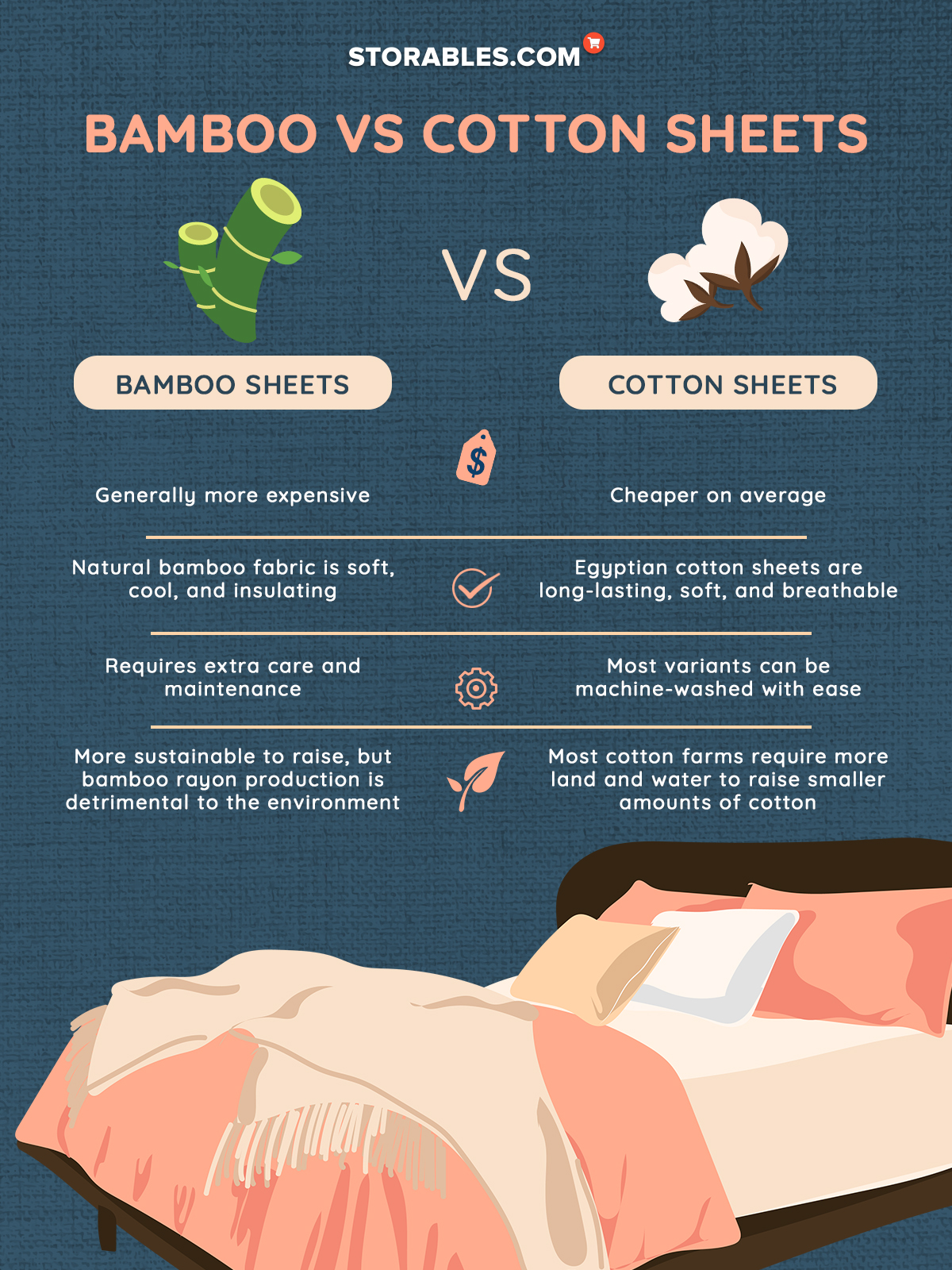
Now that we’ve gone over these two types of bedsheets, it’s time to look at how they stack up against each other.
Read also: 9 Superior Cotton Fitted Sheet Full for 2024
Price and Quality
Bamboo sheets are generally more expensive than cotton sheets thanks to how they’re made. However, it usually all still comes down to the manufacturing process and quality control of the companies that produce them. Cotton sheets with particularly high thread counts can easily match bamboo sheets in price. In general, bamboo rayon and upland cotton are the more affordable options, and natural bamboo fabric and Egyptian cotton have more premium price tags.
Quality-wise, it’s important to look at the subsets of bamboo vs cotton sheets to make a proper comparison. For instance, bamboo rayon can’t hold a candle to Egyptian bedsheets, but natural bamboo fabric arguably can. In general, Egyptian cotton and natural bamboo fabric top the list for quality, followed by upland cotton. Bamboo rayon sadly doesn’t match the quality of the other options. It mirrors all viscose rayon fabrics in being less durable and more prone to warping than its counterparts.
Comfort
Higher-end bamboo and cotton sheets can easily match each other in terms of comfort. It’s only a matter of preference at that point. For instance, bamboo sheets are generally cooler than cotton sheets, but this may not be ideal when you want to stay warm. Bamboo rayon has a silky texture that many may find luxurious to the touch, and uptown cotton can be blended to inherit different fabric characteristics.
Ultimately though, it’s good to look for a soft, breathable type of bamboo or cotton sheet with the right thread count to ensure maximum comfort.
Maintenance
Bamboo sheets generally need more care in the wash than cotton sheets. Cotton sheets are often easy to throw into the washing machine without a fuss, but bamboo sheets require some prep work. We go into more detail about how to wash these sheets a little later, so stay with us.
Sustainability
Now, the sustainability of fabrics has become a hot topic in recent years, and with good reason. Keeping the planet happy and healthy is important after all. Traditional cotton has come under fire for its heavier use of water and space compared to bamboo. Bamboo is a renewable resource that can produce fifty times more fiber per acre than cotton, after all.
However, bamboo fabrics aren’t faultless either. While natural bamboo fabrics are a very sustainable material, bamboo rayon is not. Growing bamboo is one thing, but manufacturing bamboo rayon results in chemical waste and, as a result, a negative environmental impact. Bamboo fabrics may be the better option for the future, but only if it avoids these pitfalls.
| Metrix of Comparison | Bamboo Sheets | Cotton Sheets |
|---|---|---|
| Price | Generally more expensive | Cheaper on average, but has premium options that match bamboo sheets in price |
| Quality and Comfort – Premium Variants | Natural bamboo fabric is soft, cool, and insulating | Egyptian cotton sheets are long-lasting, soft, and breathable |
| Quality and Comfort – Budget-Friendly Variants | Bamboo rayon is smooth and silky but tends to warp and degrade easily | Upland cotton is comfortable and can match higher quality fabrics with the right thread count |
| Maintenance | Requires extra care and maintenance | Most variants can be machine-washed with ease |
| Sustainability | More sustainable to raise, but bamboo rayon production is detrimental to the environment | Most cotton farms require more land and water to raise smaller amounts of cotton |
Read also: 14 Amazing Full Fitted Sheet Cotton for 2024
What is a good thread count for bamboo vs cotton sheets?
Thread count is a good indicator of quality in most bedsheets. It’s meant to indicate how many threads there are in a single square inch of fabric. The general rule of thumb is that the higher the thread count, the better. This still depends on the type of weave, though.
Most bamboo or cotton sheets will either have a plain weave or a satin weave, depending on the manufacturer. These are also known as percale and sateen weaves respectively. You can check the label or the product page when you purchase your sheets to find out their weave.
The ideal plain weave thread count is anywhere from 250 to 300. Going a little higher, say from 400 to 500, may indicate that finer, more high-quality yarns were used to create a denser sheet. For satin weaves, a thread count of 300 to 600 indicates a high-quality fabric, while 250 to 300 is more for average types. Stay vigilant, though. Any manufacturers claiming higher numbers than these may need to be scrutinized.
How to Wash Bamboo vs Cotton Sheets
As we’ve mentioned, there are a few differences when washing bamboo vs cotton sheets. Remember, it’s good to read the care instructions found on your bed sheets’ labels to be sure these rules apply.
For most cotton sheets, it’s enough to follow the usual routine of throwing them in the washing machine with similar colors and calling it a day. Bamboo sheets can be a little more finicky. This is because of their material and the way their fibers differ from the norm.
To start, you’ll need to separate your bamboo sheets before washing. Place them on a gentle cycle with a soft, eco-friendly laundry detergent to be safe, followed by a rinse. This natural fabric doesn’t do so well with hot water, bleach, and fabric softener, so try to avoid them. Finally, bring your bamboo sheets out to air dry under some sun. This way, you’ll have a nice clean set ready for a spritz of linen spray as you’re dressing the bed.
How to Keep Your Sheets Wrinkle-Free
Once you’re done with the wash and are ready to dress your bed, you can make use of these handy tools. Both cotton and bamboo sheets can be rather resilient to wrinkles but staying all folded up in a closet certainly won’t do them any favors in that regard.
For starters, using a hand-held fabric steamer to get the more stubborn folds out is certainly an option, but check your bed sheet labels first to see if they can take the heat. To hold the sheet down taut, you can make use of some sheet holder straps that’ll also keep the corners from riding up. Another option is a bed headband, where you can hide your comforter’s edges and not worry about tucking.
All these tools are sure to give you that wrinkle-free hotel finish for your beloved bed.
Frequently Asked Questions about Bamboo Vs Cotton Sheets
-
What is the best quality cotton?
Egyptian cotton, also known as Gossypium barbadense, is generally known to be the best cotton on the market. It has longer strands that result in a softer fabric when woven and comprises about 8% of worldwide cotton production. Its close cousin, Pima cotton, is the American variant of Gossypium barbadense and has the same long fibers and high-quality feel.
-
Are bamboo sheets good for you?
Natural bamboo sheets are an excellent choice of bedding. They’re soft, breathable, hypoallergenic, and run cooler than most other bedsheet fabrics. This type of fabric is also highly sustainable, making it an excellent choice for the world around you as well.
-
How long does bamboo fiber last?
Bamboo fiber can last a good decade or longer provided you maintain it well. It has a few specific care requirements but isn’t too difficult to wash and dry. All in all, bamboo fabrics are a good investment if you’re willing to put a little more effort into their care.
Conclusion
With all the different options on the market right now, it’s important to know the pros and cons of each. In the case of bamboo vs cotton sheets, it’s clear that each material has benefits and drawbacks. For those looking for something comfortable, easy to maintain, and budget-friendly, upland cotton is the ideal choice. If you want something more high-quality, then Egyptian cotton is a good grab. For sustainability, look to natural bamboo fabrics. In the end, it’s ultimately up to you and what you need to achieve your well-earned evening sleep.
Was this page helpful?
At Storables.com, we guarantee accurate and reliable information. Our content, validated by Expert Board Contributors, is crafted following stringent Editorial Policies. We're committed to providing you with well-researched, expert-backed insights for all your informational needs.
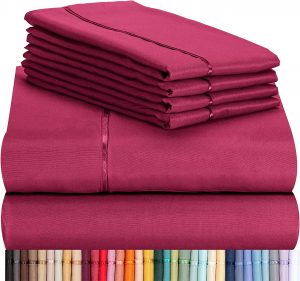
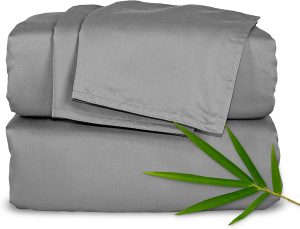
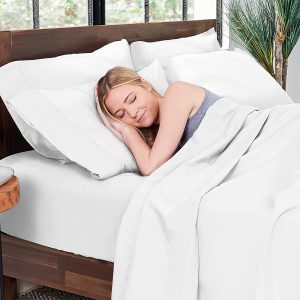
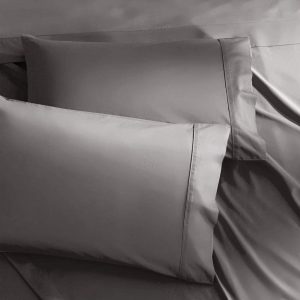
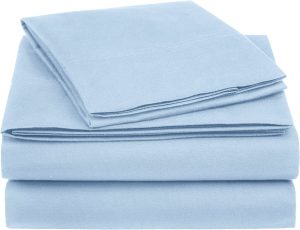
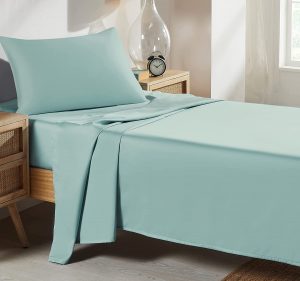
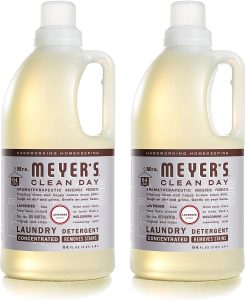
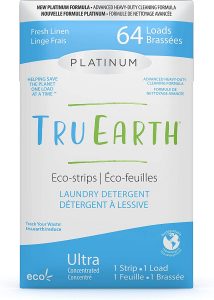
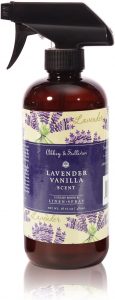
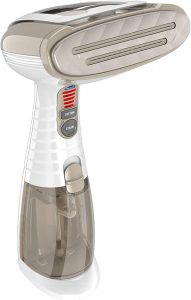
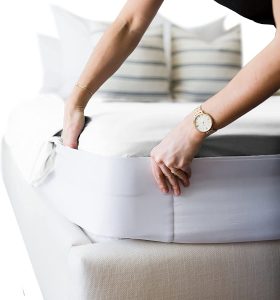
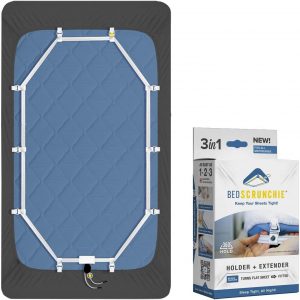
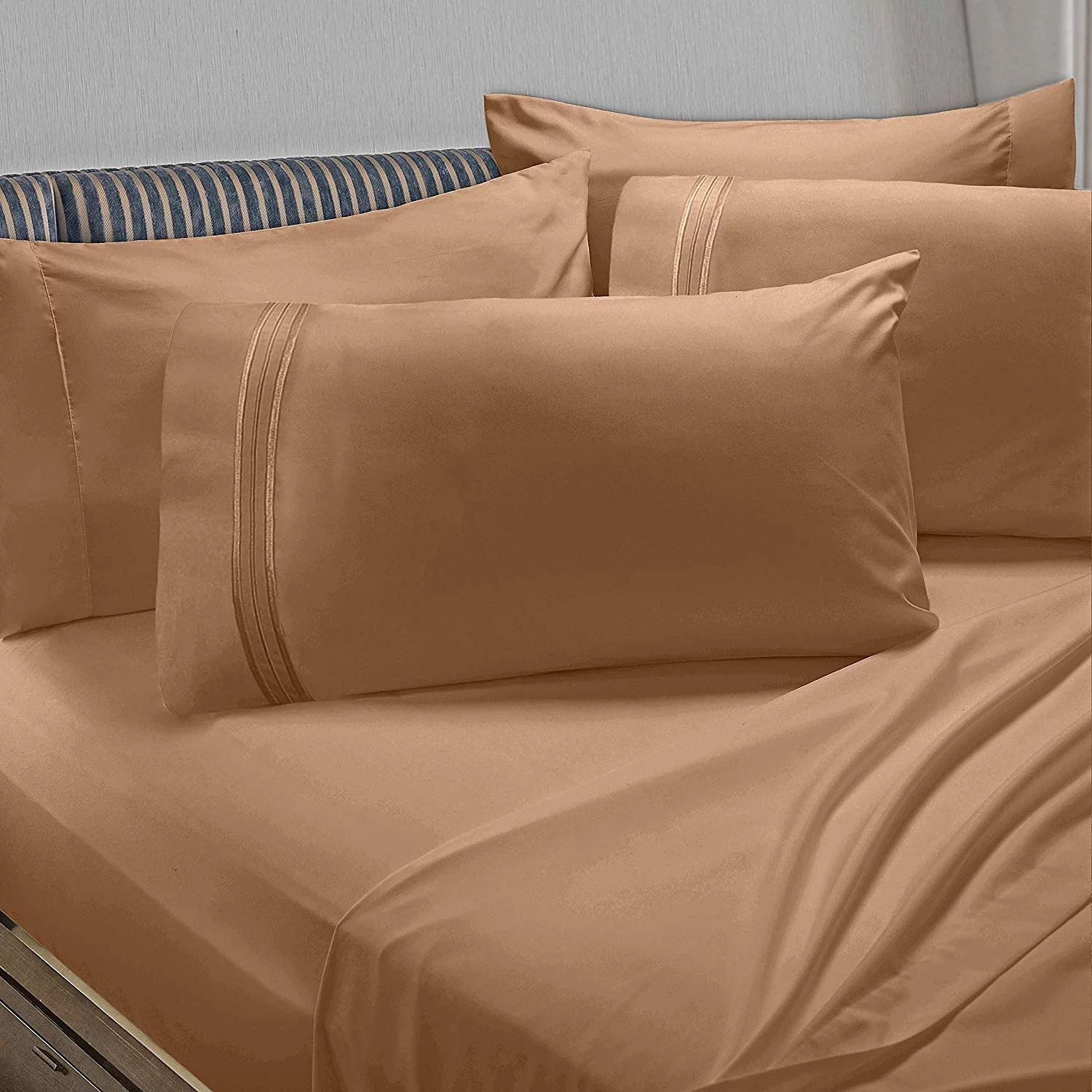
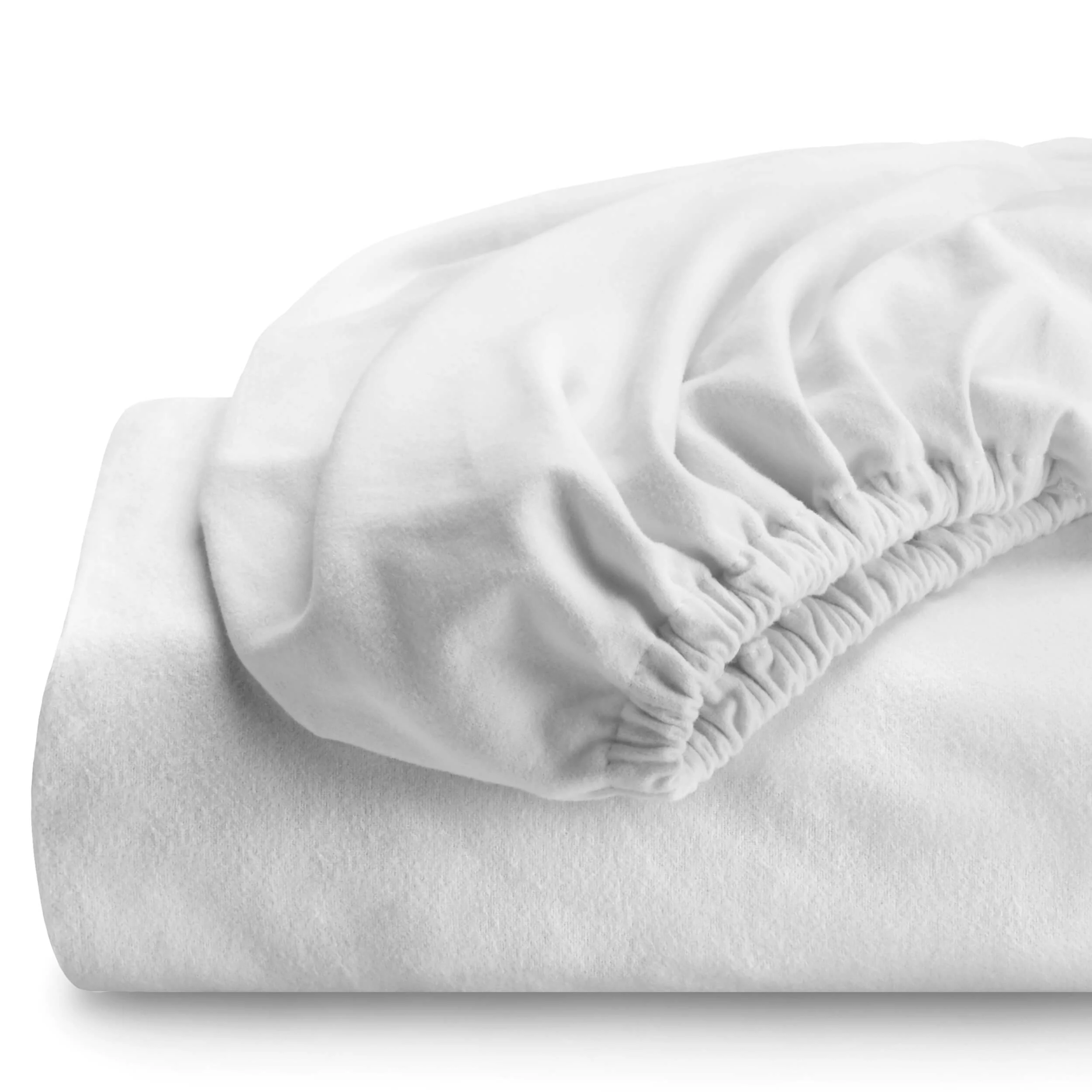
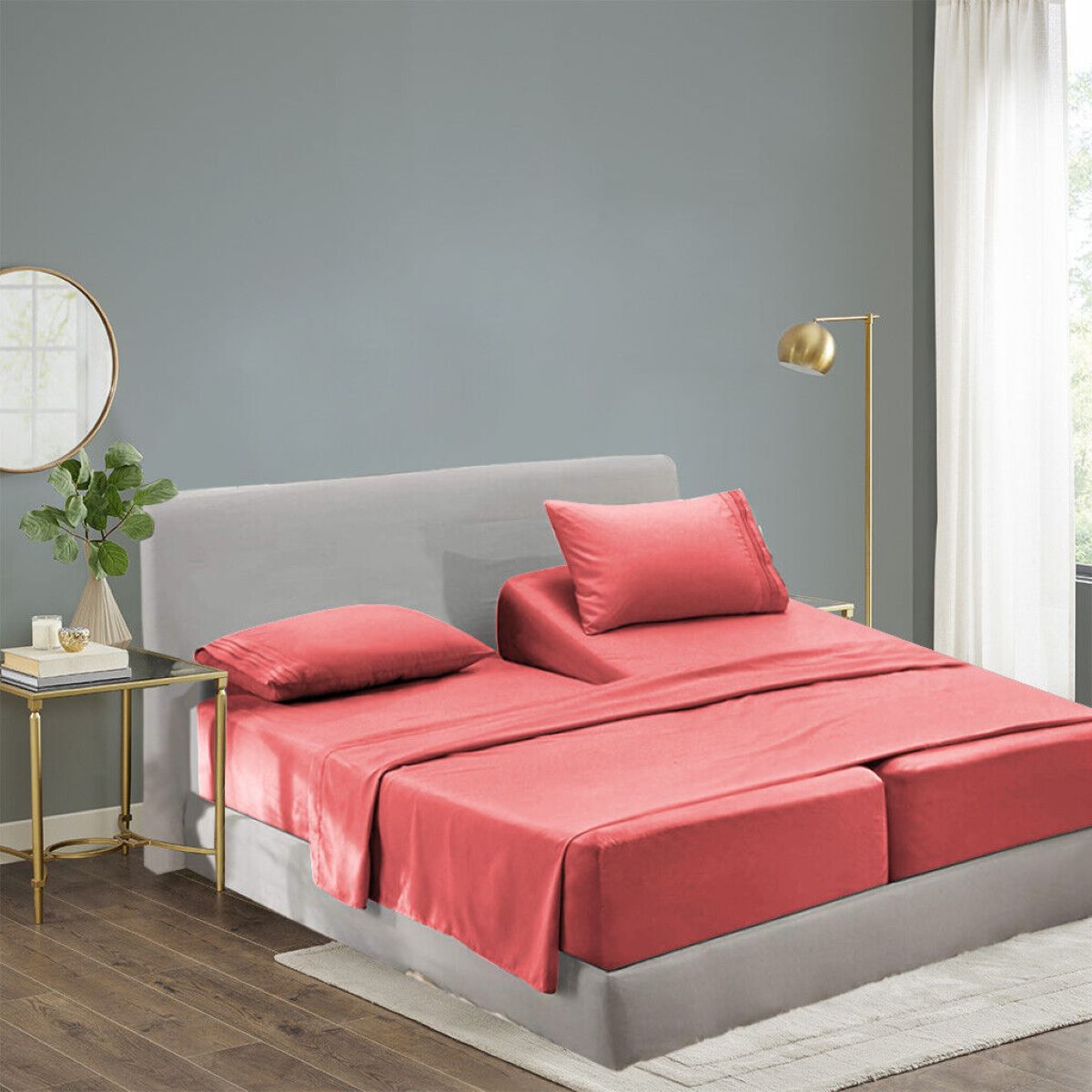
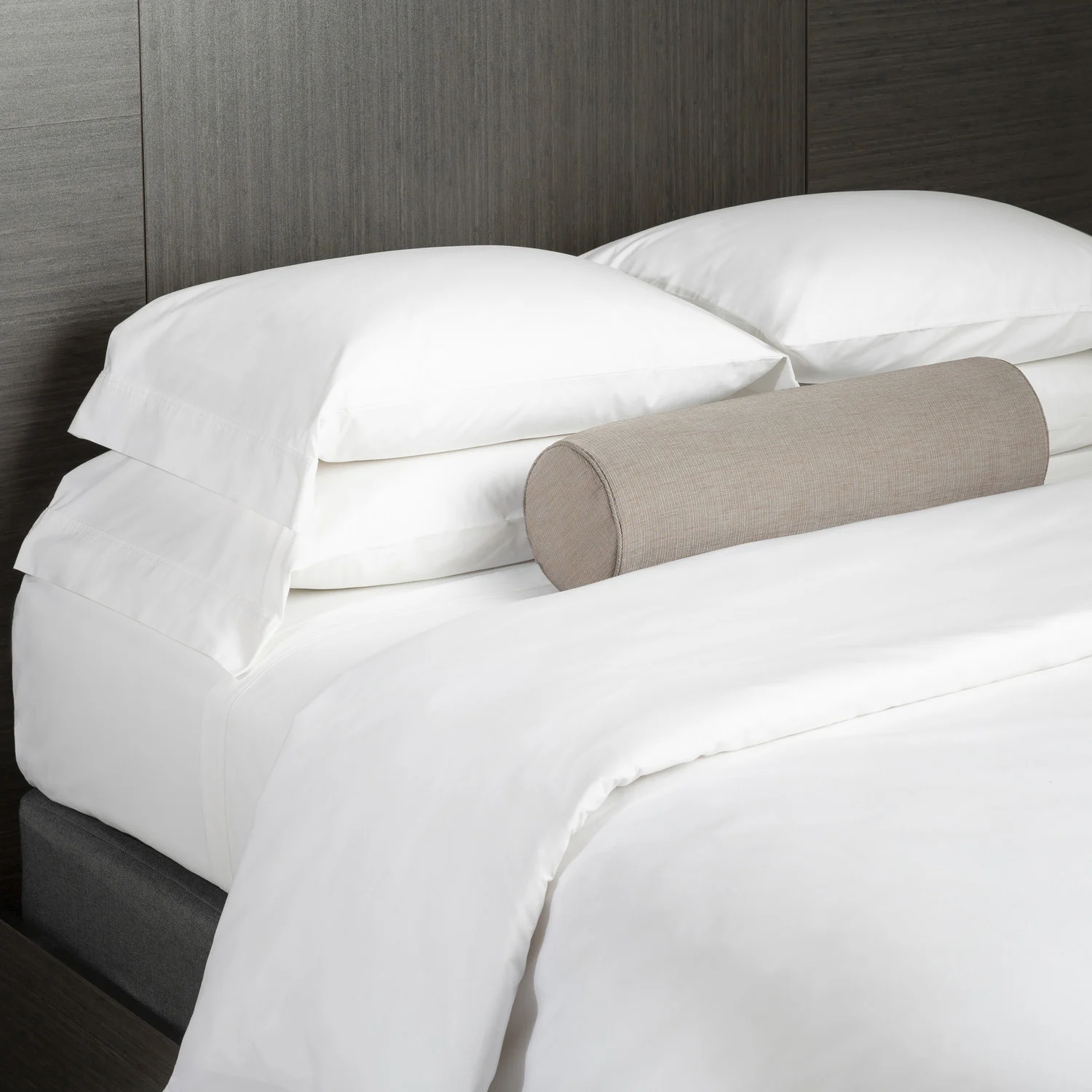
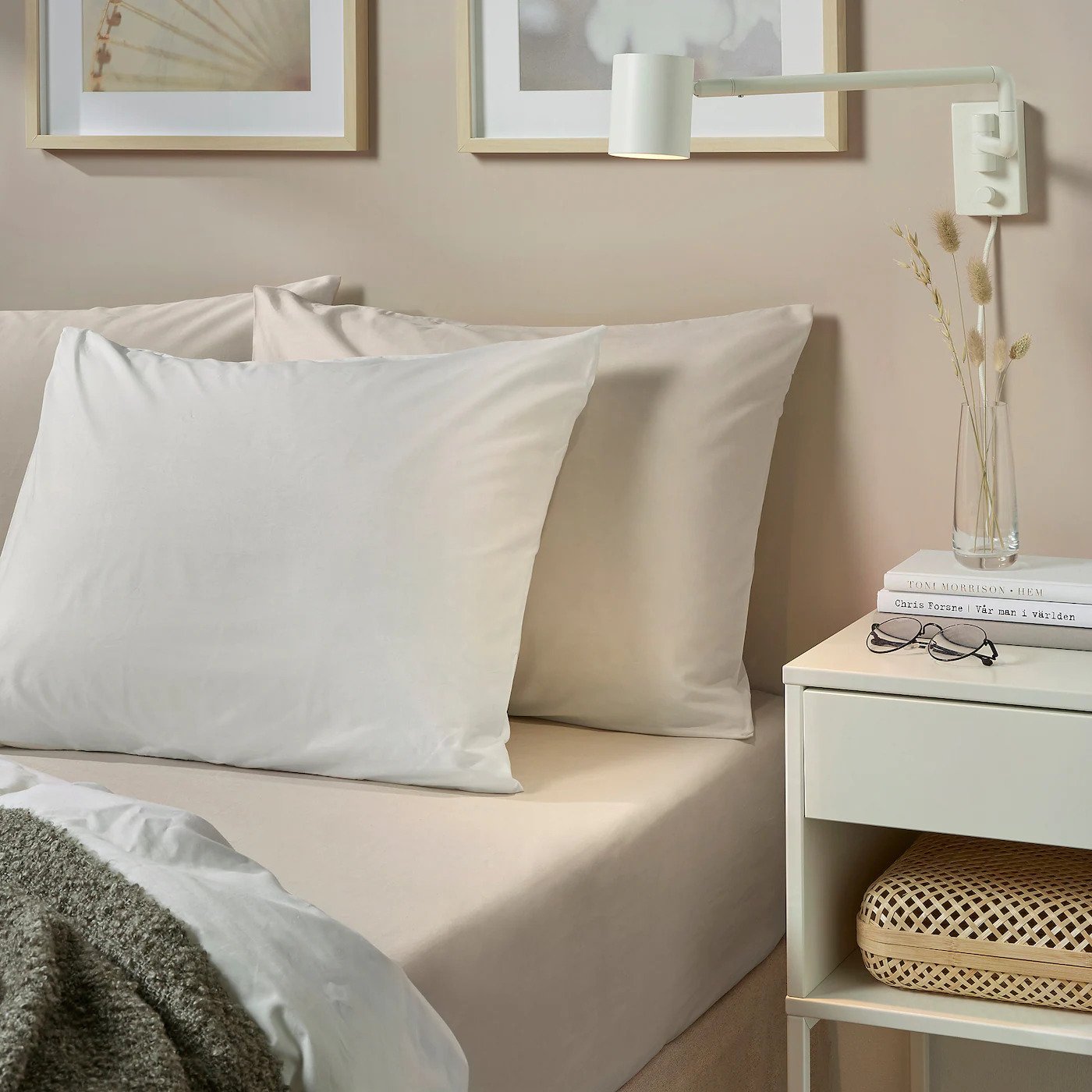
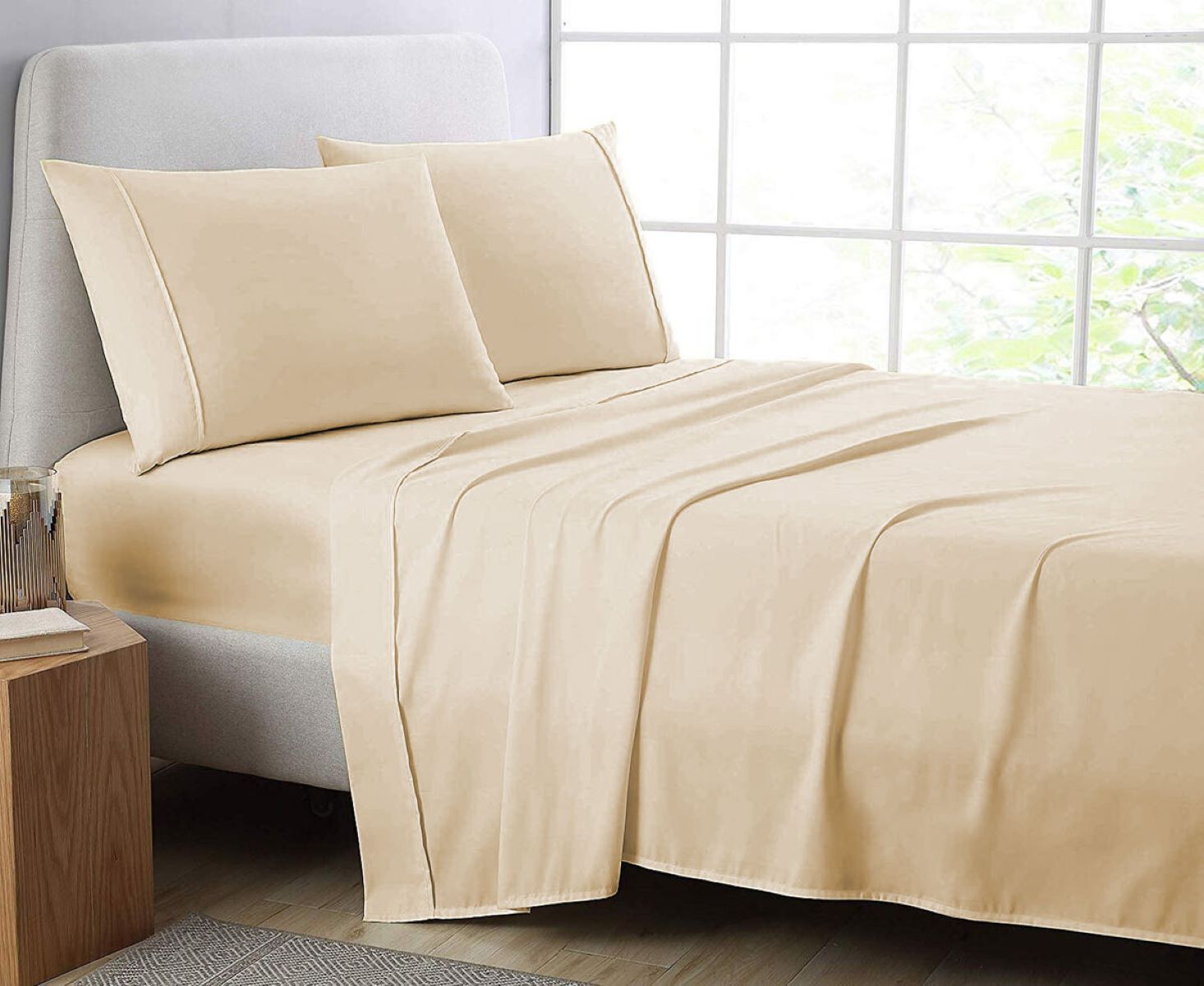
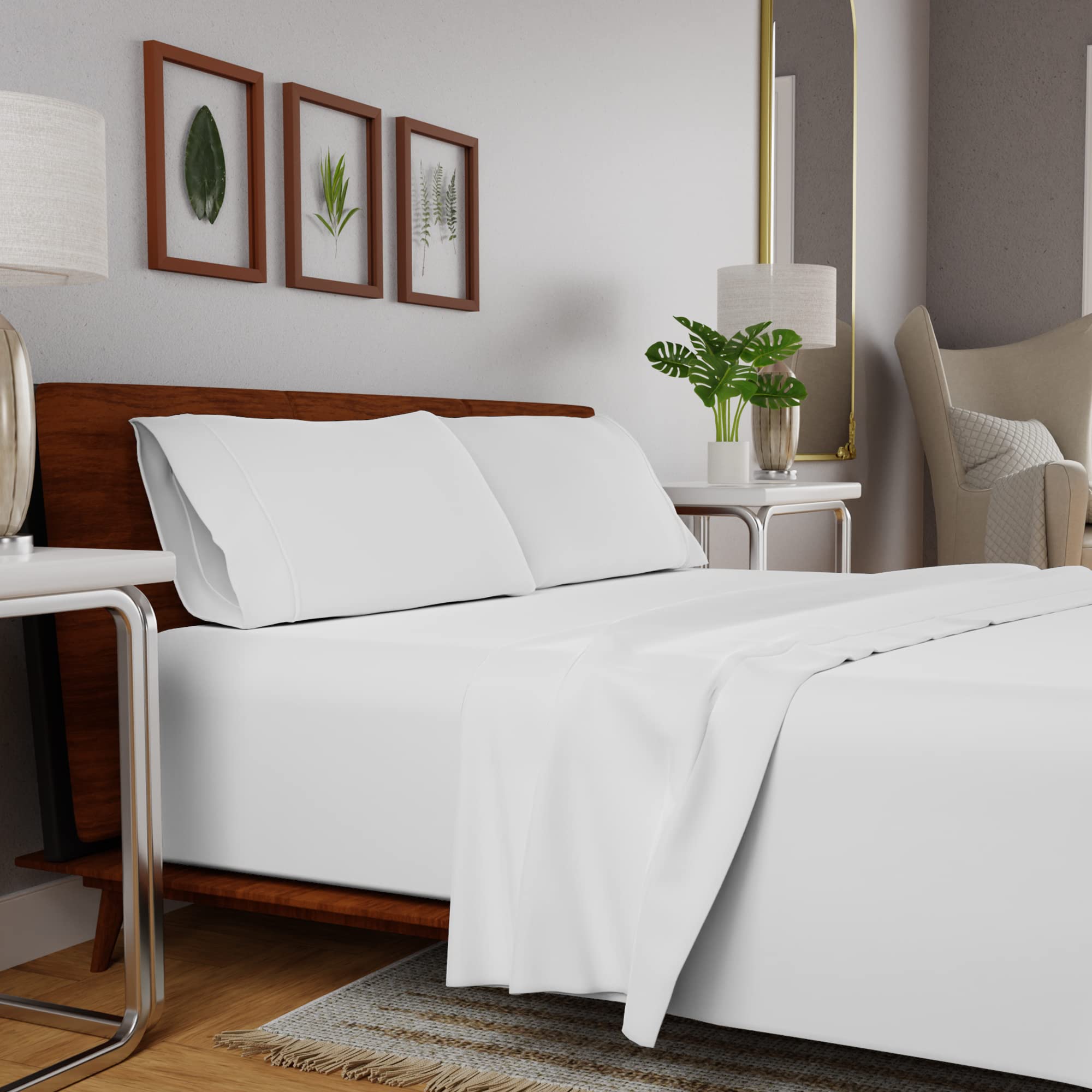
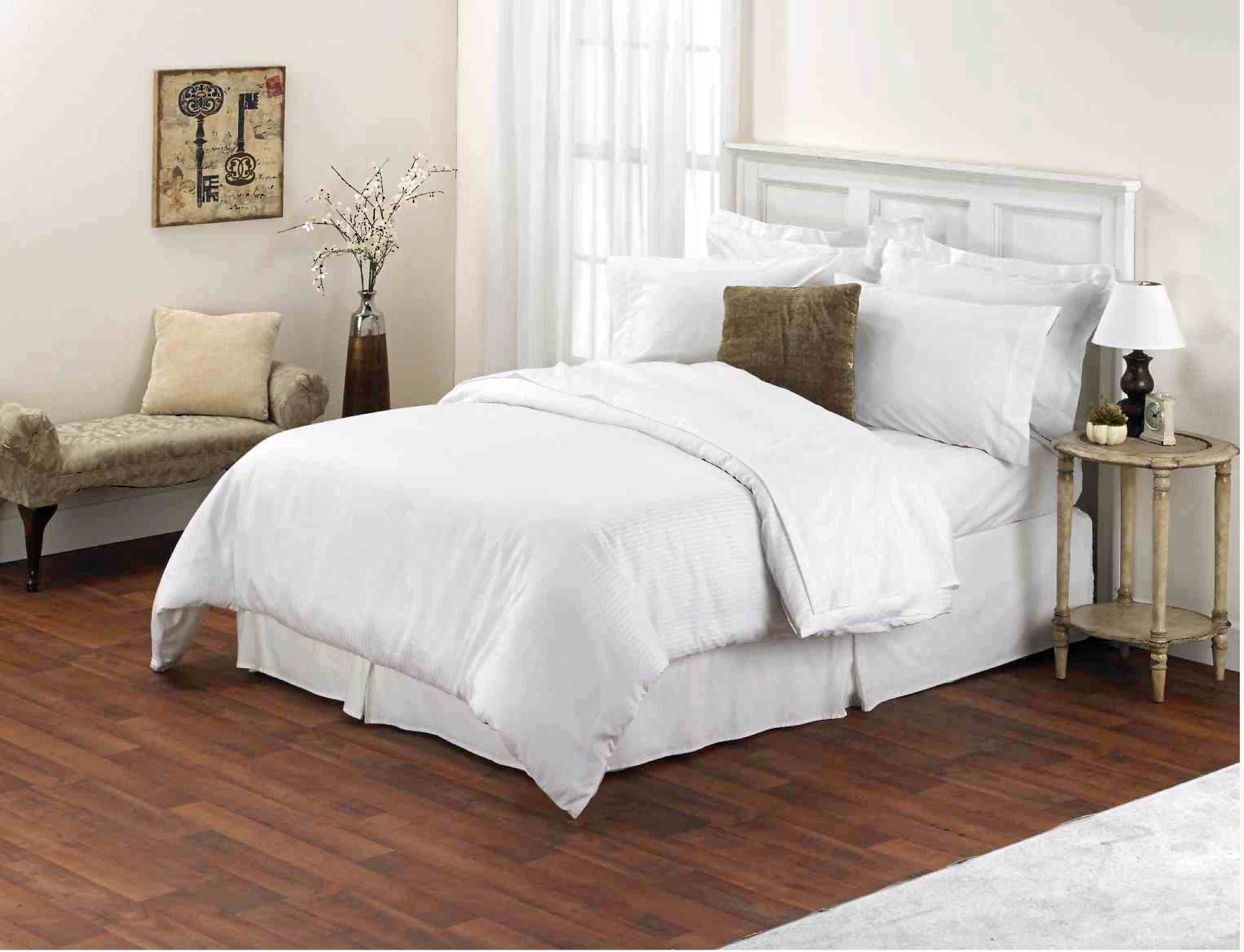
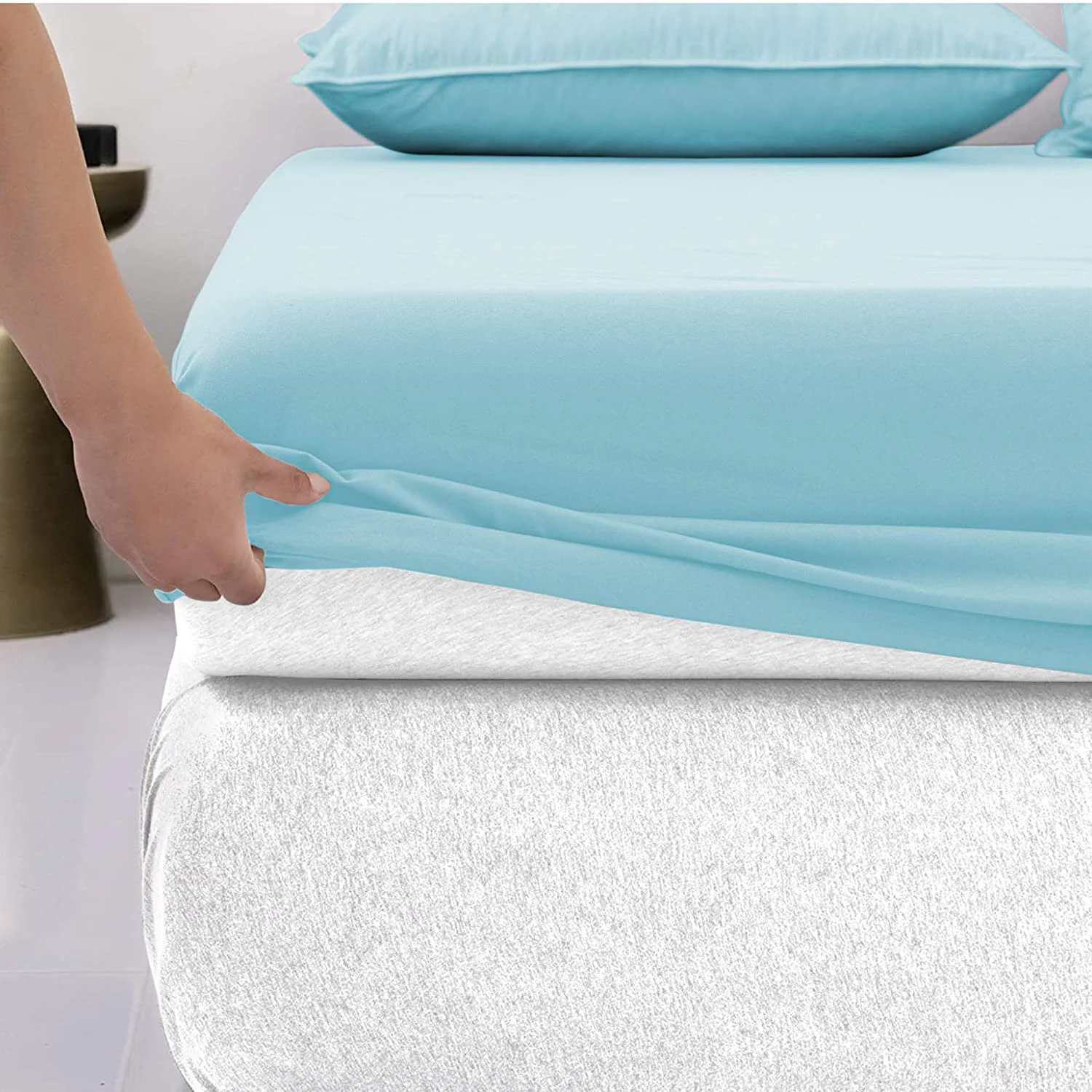

0 thoughts on “Bamboo vs Cotton Sheets: Which is Better?”